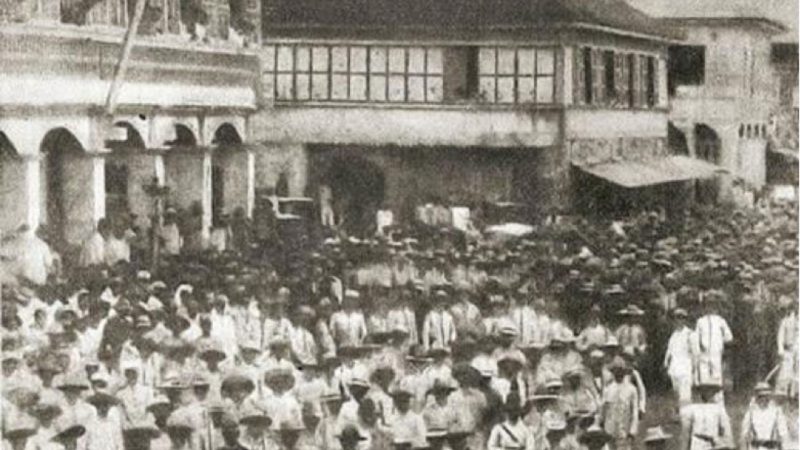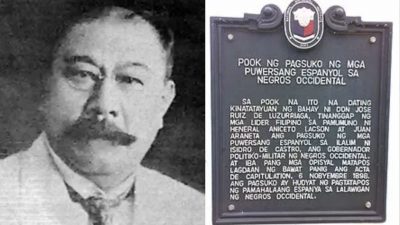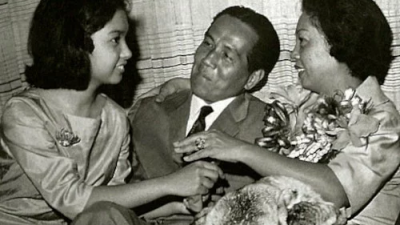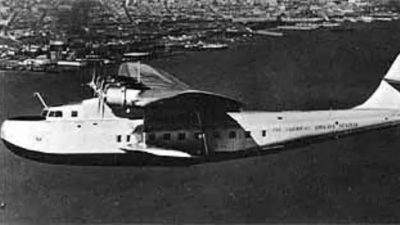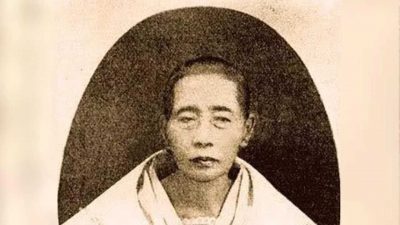Today (November 17, 1898), a significant chapter unfolded in Filipino history as the provisional revolutionary government of the District of Visayas was inaugurated.
Functioning as a political subdivision under the Malolos government, this event marked a pivotal moment in the region’s quest for self-determination.
Under the guidance of General Emilio Aguinaldo, measures were promptly taken to organize the towns in adherence to regulations. Roque Lopez assumed the role of president for the revolutionary government of the District of Visayas. With the establishment of the government, a manifesto was issued, conveying warm greetings to the sovereign people of the Visayas who had just attained their liberty.
The historic inauguration took place at the plaza of Santa Barbara, Iloilo. General Martin Delgado raised the Philippine flag, a momentous occasion as it marked the first time the national flag was hoisted outside of Luzon. Crafted by Patrocinio Gamboa, the flag mirrored the design by Marcela Agoncillo. As the flag fluttered atop the pole, the plaza reverberated with chants of “¡Fuera España! ¡Viva Filipinas! ¡Viva Independencia!” The event became immortalized as the “Cry of Santa Barbara.”
In subsequent developments, an assembly convened, leading to the transformation of the revolutionary government of the Visayas into the “Federal State of Visayas.” Official records indicate that this transition was endorsed by 71 representatives from the government, the army, and the people. Notifying Aguinaldo of the administrative change, a council of state assumed governance.
The newly formed council comprised President Roque Lopez, Vice President Vicente Franco, and councilors representing various regions. President Lopez, in response to General Miller’s attempt to persuade the surrender of Iloilo, firmly stated the people’s stance against foreign interference without explicit orders from the central government of Luzon.
By February 1, 1899, President Lopez and key officials abandoned the government, paving the way for Jovito Yusay’s appointment as the new president of the council. Eventually, on April 28, 1899, Aguinaldo dissolved the Federal Council of the Visayas, appointing politico-military governors for most Visayan provinces.
Notably, on November 6, 1898, Spanish officials surrendered in Negros, leading to the establishment of a provisional government with Aniceto Lacson as president. However, this government met its end with the American occupation of Negros.
These intricate events, documented in various historical sources, collectively weave a narrative of a region’s struggle and resilience during a crucial period in Filipino history.
(JR AMIGO/AI/MnM)

